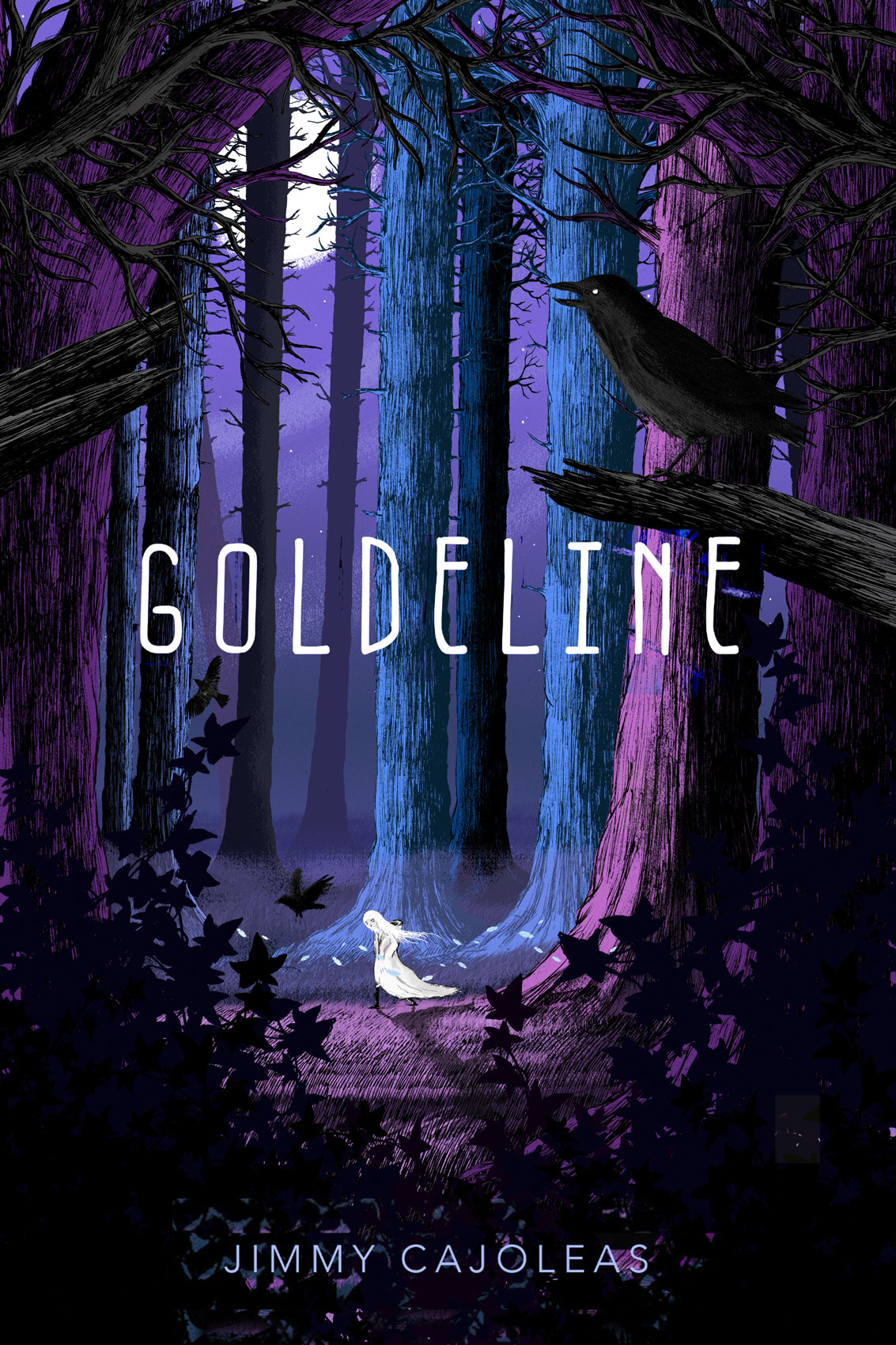Interview by Clara Martin. Special to the Clarion-Ledger Sunday print edition (July 8)
 In Smack Dab in the Middle of Maybe, you’ll find a ghost town in the middle of the woods in South Mississippi, a girl named Cricket, a cricket named Charlene, and a poetry-loving dog. They’ve got eleven days to find a mysterious room painted with birds, and thirteen clues will lead them there. Combine the Mississippi Wild, a Walter Anderson art mystery, and a young girl who is taking a chance on herself, and you have Smack Dab in the Middle of Maybe, great for kids (and adults!) ages 8 and up. You’ll laugh, maybe cry, and have a lot of fun reading this book. In an interview with author Jo Hackl, she talks about her inspiration for this story, and what it means to be a writer for children, writing about a place like Mississippi.
In Smack Dab in the Middle of Maybe, you’ll find a ghost town in the middle of the woods in South Mississippi, a girl named Cricket, a cricket named Charlene, and a poetry-loving dog. They’ve got eleven days to find a mysterious room painted with birds, and thirteen clues will lead them there. Combine the Mississippi Wild, a Walter Anderson art mystery, and a young girl who is taking a chance on herself, and you have Smack Dab in the Middle of Maybe, great for kids (and adults!) ages 8 and up. You’ll laugh, maybe cry, and have a lot of fun reading this book. In an interview with author Jo Hackl, she talks about her inspiration for this story, and what it means to be a writer for children, writing about a place like Mississippi.
Where are you from, and where do you live now?
I was born on Keesler Air Force base in Biloxi and moved to the real-life ghost town of Electric Mills when I was eleven. I now live in Greenville, South Carolina, but still have deep ties to Mississippi. Most of my extended family lives in the state and I get back whenever I can.
Do you do anything else besides writing books for young readers?

Jo Watson Hackl
My husband and I have three children who keep us very busy. I also practice corporate law (part-time), operate outdoorosity.org, a free resource about nature, and volunteer in the community. I’m working with a local school to develop a cross-curricular plan of instruction to use Smack Dab in the Middle of Maybe to teach art, creative writing, geography, math, literature, science and social studies and to help the school incorporate nature into the school day. Together we’re building a flower fort, just like the one in the book, that will be used as a reading space.
In your own words, what is Smack Dab in the Middle of Maybe about?
Smack Dab in the Middle of Maybe is about learning to take chances on yourself. The story takes readers on an adventure with 12-year-old Cricket and her companion, a field cricket named Charlene, through an overgrown ghost town in Electric City, Mississippi, to solve a thirty-year-old clue trail in search of a secret room that may or may not exist, all to try to win back Cricket’s run-away mother.
Cricket must use her wits and just a smidgen of luck to live off the land in a Mississippi winter, survive sleet storm and snake-bite, and work to solve an increasingly baffling clue trail left by an eccentric artist with a logic all his own. Along the way, Cricket meets the reclusive last resident of the ghost town, enlists the help of a poetry-loving dog, and takes up a touch of grave-robbing. These experiences awaken Cricket to the possibility of finding strength in the most unlikely of places—within herself.
“The woods smelled like a hundred and fifty years of dark. A goose-bumpy ghost-town kind of dark.” This is Electric City, Mississippi. An abandoned electric lumber mill town, where honeysuckle vines grow around pillars that used to prop up houses, and weeds push through a sidewalk, left right in the middle of the woods, and it is where Cricket makes her makeshift home while she searches for her Mama.
You actually lived in Electric Mills, Mississippi, the inspiration for Electric City. Can you talk about what it was like to grow up in a place that was neither here nor there? A ghost town, of sorts?
Growing up in a ghost town made every day interesting. The real town still has a few houses, but I made the fictional town empty to make it better fit the story. Growing up, I loved exploring the woods, walking the old sidewalks, and searching for signs of the people who used to live there. Many of the things that people had planted in their yards–rose bushes and daylilies and privet bushes–still were there, even though the houses were missing, and I tried to imagine the houses that had once stood where toppled-over pillars and thick thorny rose vines now reigned.
Can you tell our readers what a doogaloo is?
A doogaloo is a coin that the mill used to pay its workers. I am happy to say that I have a real doogaloo from the original town and I kept it propped on my desk for inspiration as I was writing the book.
Explain how the presence of art, nature, and the creative process are intertwined in your book. Cricket says, “And if you’re going to last any time out in the woods, you’d better get comfortable with whoever it is you are.” What is your own creative writing process? How did you start writing Cricket’s story?
I absolutely believe that art, nature, and the creative process nourish each other. Writing the book, I surrounded myself with art of all kinds, visited galleries and museums, and talked to visual artists. I also spent a lot of time in nature and my home office overlooks our woods so that I can be close to nature even when I’m inside. I started writing Cricket’s story in my head back when I was a child exploring the woods. As I grew older, I knew I wanted to write and I knew I wanted to set the story in the ghost town. In a lot of ways, Cricket’s advice about the need to get comfortable with whoever it is you are applies to my writing process. I had to learn to take chances, to try things that might not work, and to write the scenes I was more than a little scared to write. I brought my whole self to the process, vulnerabilities, quirks and all, and tried to create an experience that would draw readers into Cricket’s world and make them feel like they were right there with her.
Cricket is in search of her mother by way of a “Bird Room,” and clues that lead Cricket closer to this mysterious room painted with all kinds of birds, trees, and flowers, painted by a man named “Bob.”
Please explain why you decided to use Walter Anderson and his “Little Room,” as inspiration? Do you have a favorite Walter Anderson painting? If so, please share!
I am a life-long fan of Walter Anderson’s work. He drew from direct observation of nature and his quick, efficient line-work captured the essence of whatever he was drawing or painting. As Cricket says about the fictional artist “Bob” in the book, “some pictures weren’t much more than thin pencil strokes. But they showed more than I could ever say in a lifetime about a raccoon or a dragonfly or a duck.” My favorite Walter Anderson piece is the “Little Room,” where he captured the beauty of a day on the Mississippi Gulf Coast. Walter Anderson used the light from the windows to illuminate the paintings, beginning with sandhill cranes and a rooster at dawn, as the sun moved throughout the day. This was the inspiration for the “Bird Room” in my book.
Of course, writing about serious subjects doesn’t mean there cannot be humor! I loved the moments of comedy in your book, particularly the opening scene in Thelma’s. What was one of your favorite scenes to write?
Great question! One of my favorite scenes to write was at the end when, without giving anything away, Cricket finds herself in the middle of Aunt Belinda’s trailer with Aunt Belinda and her suffocating hairspray and hidden tattoo. The pastor and the entire and the whole youth group are there as Aunt Belinda tries to hide the fact that she accidentally left Cricket in Thelma’s Cash ‘n’ Carry even though she told the whole town that she suspected foul play. Let’s just say that Charlene, the cricket, plays a leading role in adding some humor to the situation.
As a writer from Mississippi, what does it mean to write about the South, the place you grew up, and incorporate art, nature and family? Why do you think young readers will enjoy Cricket’s story?
I think that Mississippians have a unique sense of connection to place. The land where I grew up is a part of me, and I wanted to share that with readers. I also wanted to combine art, nature and the importance of family, no matter who your family is. Young readers have told me that they’ve enjoyed being part of Cricket’s world, experiencing the woods, exploring the ghost town, and using their wits to solve the clue trail. One of the great things about being a writer is that, if you can figure out a way to work a really cool thing that interests you into the book, you can do it. Without giving away the clue trail, I worked a lot of really cool things that interested me into the book and I hope that readers enjoy solving the trail as much as I enjoyed creating it.
Jo Watson Hackl will be at Lemuria on Thursday, July 12, to sign and read from Smack Dab in the Middle of Maybe. Smack Dab in the Middle of Maybe is Lemuria’s July 2018 middle grade selection for our First Editions Club for Young Readers.
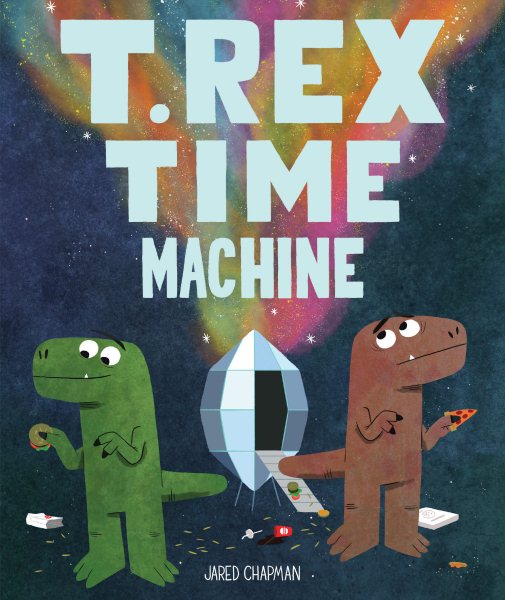 When two hungry dinosaurs travel from the age of the dinosaurs to the future in a time machine, the time machine lands in the drive through lane of a fast-food restaurant called “Burger Town.” The dinosaurs are amazed by all the food that can be found everywhere! As they chorus: “THE FOOD COMES TO US!” The T. Rexes go on a jaunt around town, scaring the townspeople (unintentionally) while eating everything from pizza to noodles. When the police show up to arrest the dinosaurs, they scatter, running through a donut festival and back to the “magic egg,” (a.k.a. the time machine). While inside the time machine, they can’t figure out a way to travel back to their own time, and the green dinosaur wails, “I didn’t get a donut!” What they don’t know is that the time machine is voice activated. The time machine says, “I didn’t quite get that. Did you say… ‘I want to dance with King Tut’?”
When two hungry dinosaurs travel from the age of the dinosaurs to the future in a time machine, the time machine lands in the drive through lane of a fast-food restaurant called “Burger Town.” The dinosaurs are amazed by all the food that can be found everywhere! As they chorus: “THE FOOD COMES TO US!” The T. Rexes go on a jaunt around town, scaring the townspeople (unintentionally) while eating everything from pizza to noodles. When the police show up to arrest the dinosaurs, they scatter, running through a donut festival and back to the “magic egg,” (a.k.a. the time machine). While inside the time machine, they can’t figure out a way to travel back to their own time, and the green dinosaur wails, “I didn’t get a donut!” What they don’t know is that the time machine is voice activated. The time machine says, “I didn’t quite get that. Did you say… ‘I want to dance with King Tut’?”

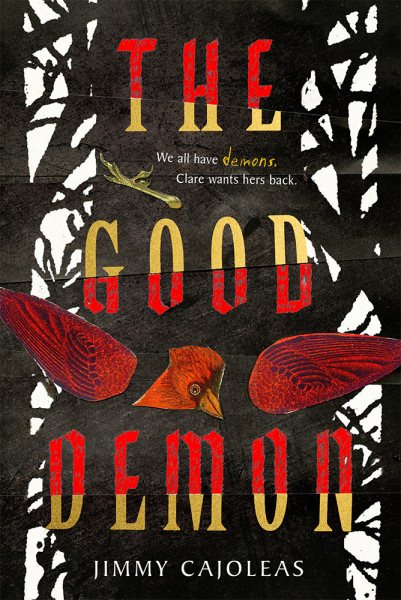 This is the first clue left behind by Clare’s demon in
This is the first clue left behind by Clare’s demon in 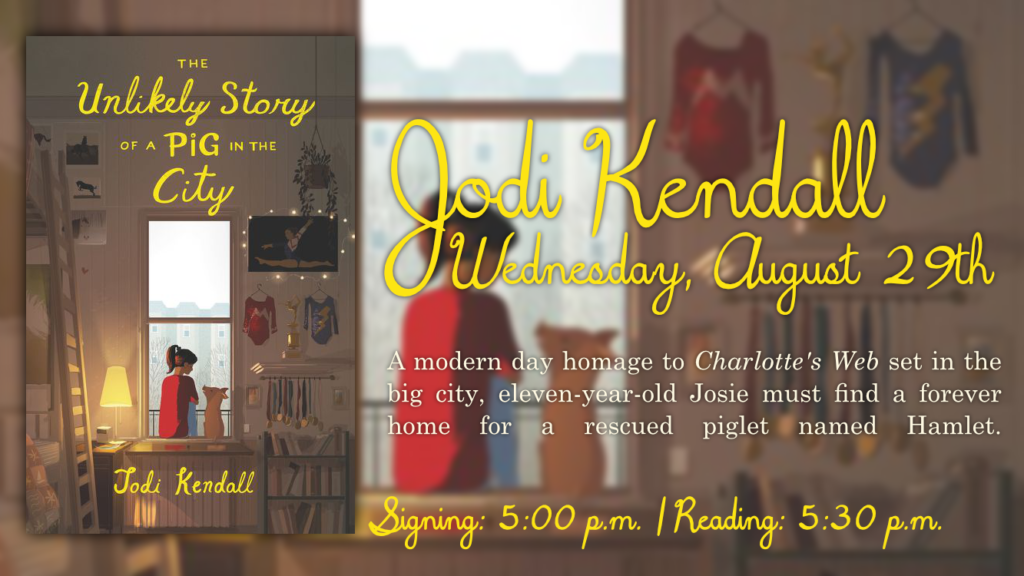
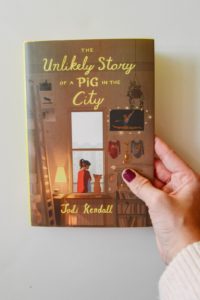
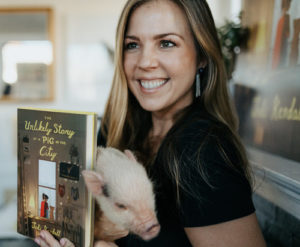
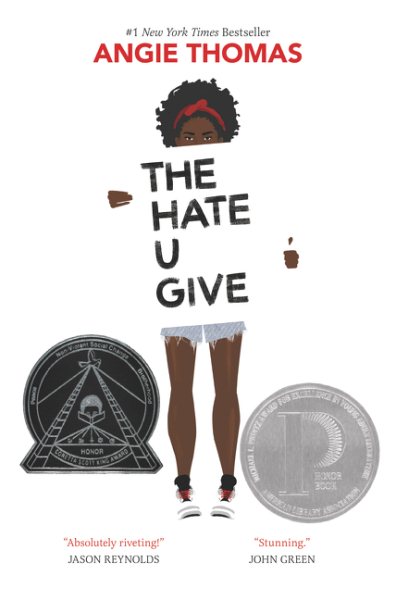 Angie Thomas, New York Times Bestselling author of the Black Lives Matter young adult novel
Angie Thomas, New York Times Bestselling author of the Black Lives Matter young adult novel 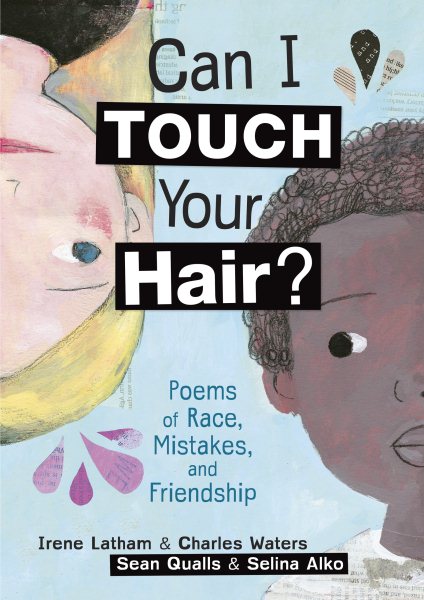 This picture panel features THREE illustrators (Charles Waters, Don Tate, Sarah Jane Wright) and two collaborative projects. The first of the collaborative projects, Can I Touch Your Hair? Poems of Race, Mistakes, and Friendship is by Irene Latham and Charles Waters, who write letters back and forth between their fifth grade selves is a powerful look at race and friendship. In
This picture panel features THREE illustrators (Charles Waters, Don Tate, Sarah Jane Wright) and two collaborative projects. The first of the collaborative projects, Can I Touch Your Hair? Poems of Race, Mistakes, and Friendship is by Irene Latham and Charles Waters, who write letters back and forth between their fifth grade selves is a powerful look at race and friendship. In 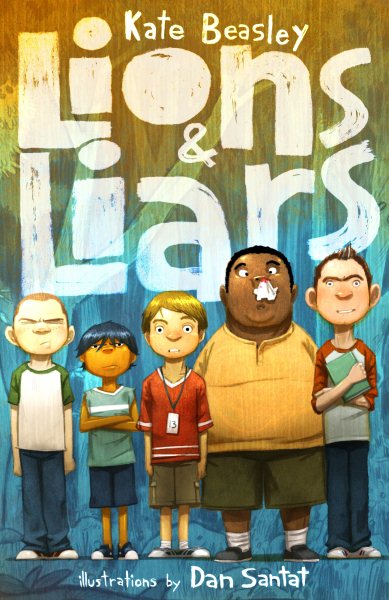 Lions and Liars
Lions and Liars There’s a plethora of stories for kids set in the South, from Southern Gothic fairy tale (
There’s a plethora of stories for kids set in the South, from Southern Gothic fairy tale (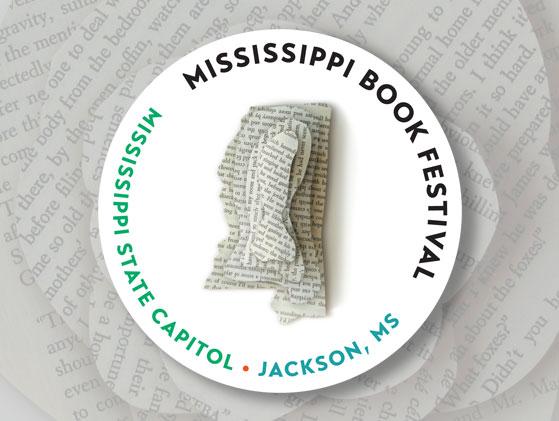
 In
In 
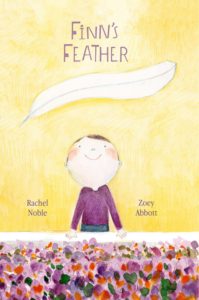
 Where are you from, Rachel, and what is your background in relation to writing children’s books?
Where are you from, Rachel, and what is your background in relation to writing children’s books?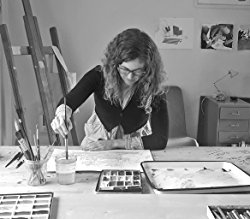 Where are you from, Zoey, and what is your background in relation to illustrating children’s books?
Where are you from, Zoey, and what is your background in relation to illustrating children’s books?
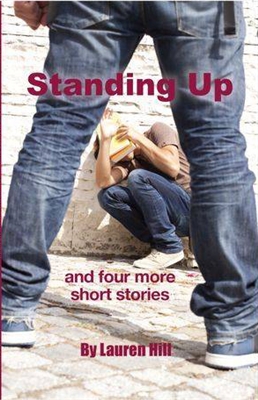 Well, there are five short stories, all centered around important themes. The first story, “Standing Up,” is about bullying; the second story, “It’s All About Faith,” is about believing and having faith during difficult times, and the third story, “Every Step of the Way,” is focused on friendship and teenagers struggling to do the right thing, despite peer pressure. The fourth story is a personal memoir of mine, and it is about learning to resist fitting in if it means hurting others. The last story is centered around online safety and the consequences of making bad choices online.
Well, there are five short stories, all centered around important themes. The first story, “Standing Up,” is about bullying; the second story, “It’s All About Faith,” is about believing and having faith during difficult times, and the third story, “Every Step of the Way,” is focused on friendship and teenagers struggling to do the right thing, despite peer pressure. The fourth story is a personal memoir of mine, and it is about learning to resist fitting in if it means hurting others. The last story is centered around online safety and the consequences of making bad choices online.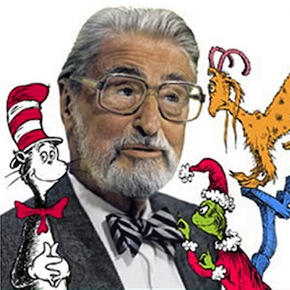
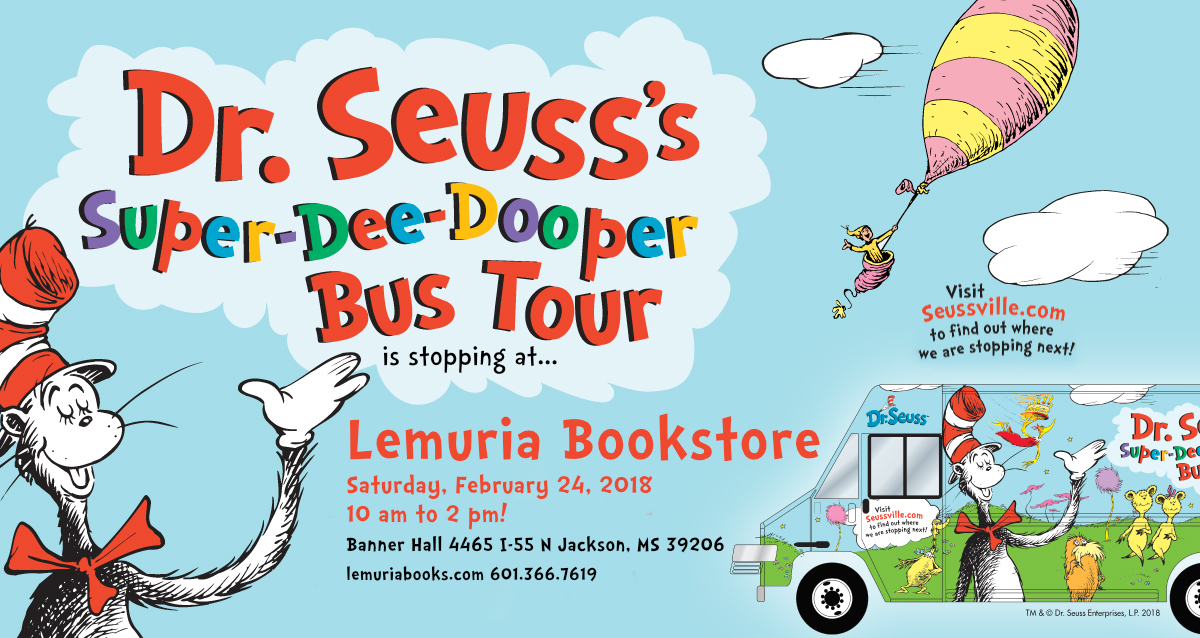
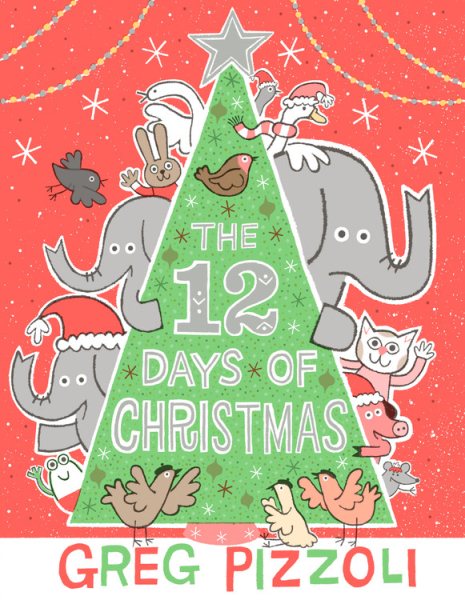 Followed by turtle doves, french hens, and five golden rings. Greg Pizzoli re-imagines this classic Christmas carol in his newest picture book for children,
Followed by turtle doves, french hens, and five golden rings. Greg Pizzoli re-imagines this classic Christmas carol in his newest picture book for children,  A little girl with shining hair helping rogue bandits in the dark forest of the Hinterlands, discovering her magic while escaping the evil Townies who killed her mother for being a witch, Jimmy Cajoleas’ book
A little girl with shining hair helping rogue bandits in the dark forest of the Hinterlands, discovering her magic while escaping the evil Townies who killed her mother for being a witch, Jimmy Cajoleas’ book 